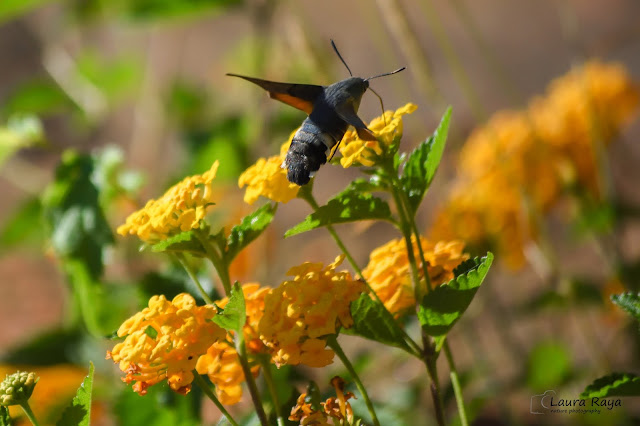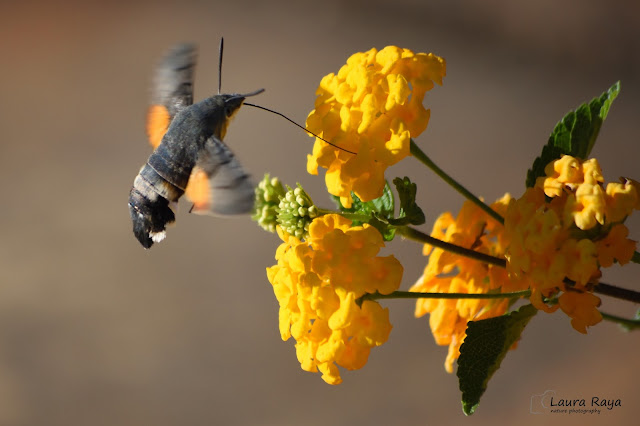Buenos días!
¿Con ganas de ver fotos nuevas? Esta vez pertenecen a una especie que fotografié en Panamá, la encontré en todo el País, desde la capital hasta el Parque Nacional Coiba, pero se extiende desde el sur de los Estados Unidos hasta Sudamérica, en áreas relativamente abiertas.
El zopilote común, jote de cabeza negra, gallinazo negro, o más comúnmente conocido como buitre negro americano (Coragyps atratus) o como gallote en Panamá, es el protagonista del post de hoy.
Como podéis observar es característica su cabeza pelada y coloración negras y su envergadura no sobrepasa el metro y medio. A pesar de ser un ave carroñera, se alimenta también de huevos, animales recién nacidos e incluso puede encontrarse en basureros.
Ahora voy a contarte 5 cosas de esta especie que seguro que no sabías, ¿o sí?:
1. No tiene siringe (órgano vocal de las aves), por lo que los únicos sonidos que puede producir son gruñidos o siseos de baja frecuencia.
2. Generalmente tiene 2 crías al año y las alimenta mediante la regurgitación.
3. Tiene una única fila de pestañas en el párpado superior y dos filas en el inferior.
4. Sus fosas no son divididas por un septum, sino que están perforadas (podéis observarlo en las fotos de costado a través del pico).
5. Vuelan cerca del suelo para percibir la esencia del etanetiol, un gas producido por el principio de la descomposición en los animales muertos.
¿Sabías estas curiosidades del buitre negro?
¡Muchos besos y feliz semana! Sigo por instagram como siempre!!
L.R.
Good Morning!
Feel like seeing new photos? This time belong to a species I photographed in Panama, I found it all over the country, from the capital to Coiba National Park, but it extends from the southern United States to South America.
The common buzzard, black headed buzzard, black buzzard, or more commonly known as American black vulture (Coragyps atratus) or as a cockerel in Panama, is the protagonist of today's post.
As you can see is characteristic its bare head and black coloration. Despite being a scavenger bird, it also feeds on eggs, newborn animals and even can be found in garbage dumps.
Now I'm going to tell you 5 things about this species that I'm sure you did not know, right?
1. It does not have syrinxes (vocal organ of the birds), reason why the only sounds that can produce are grunts or hisses of low frequency.
2. Generally has 2 offspring a year and feeds them by regurgitation.
3. It has a single row of eyelashes on the upper eyelid and two rows on the lower eyelid.
4. Their graves are not divided by a septum, but are punctured (you can see it in the side photos through the peak).
5. They fly near the ground to perceive the essence of ethanetiol, a gas produced by the principle of decomposition in dead animals.
Did you know these curiosities of the black vulture?
More in instagram!. Happy week!
L.R.



























































